
Peugeot 5008 Estate (2010-2016) engines, drive and performance
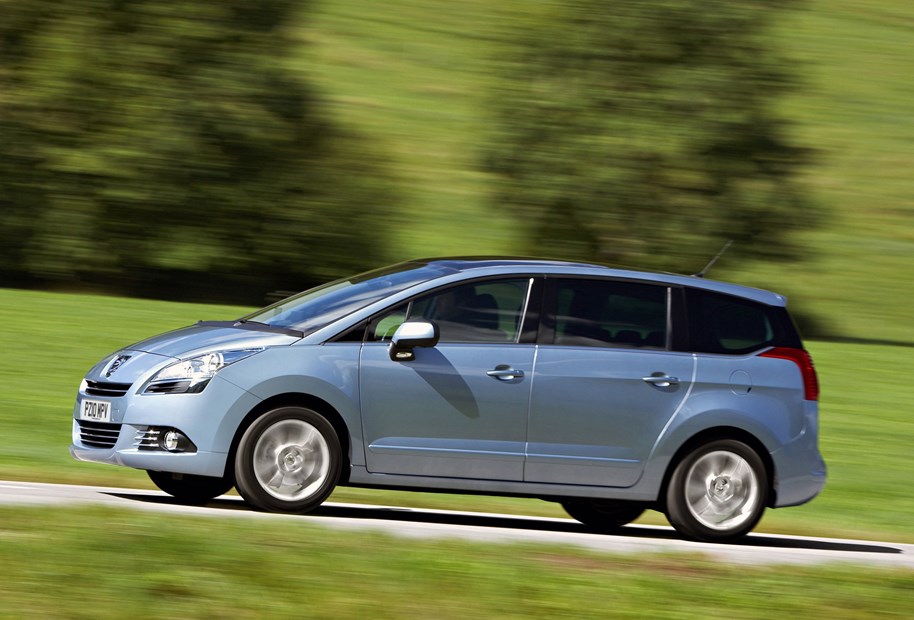
There’s a choice between two petrol and two diesels, with the HDi versions more popular. The entry-level petrol 1.6 VTi produces 120bhp and completes the 0-62mph sprint in 12.3 seconds. It’s quicker on paper than the 110bhp 1.6 HDi, but the diesel – with its low down pulling power – feels more comfortable accelerating. It is also possible to choose a 156bhp turbocharged 1.6-litre petrol engine badged THP.
This version feels quite brisk and hits 62mph from rest in 9.7 seconds. However, more people will be interested in the 2.0 HDi which covers the same benchmark in 10 seconds. Manual versions of this engine have 150bhp, although people choosing the six-speed automatic are treated to a 163bhp version. The auto version of the 1.6 HDi is a six-speed electronic sequential manual, which Peugeot calls ECG.
It offers better fuel consumption than the standard manual with the convenience of an automatic, although it isn’t as smooth or as user-friendly as a conventional automatic.
The 5008 feels much sharper on the road than many other people carriers, including the Citroën C4 Grand Picasso and Renault Grand Scenic. In fact it drives far more like a conventional hatchback and its responses are unusually sharp for a tall people carrier. Although the steering would benefit from a little more weight and resistance at higher speeds, the 5008 turns in accurately and has excellent body control.
The ride is a little firm, even on the 16-inch wheels offered as standard on Active and Sport versions, with the car being caught out by potholes and other imperfections in the road at low speeds, although composure improves at speed. Electronic stability control is standard on all versions.


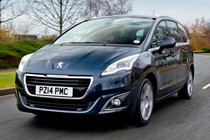

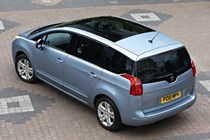
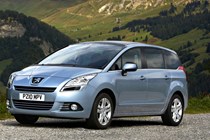
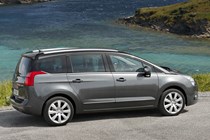
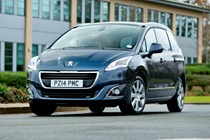
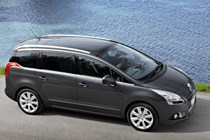
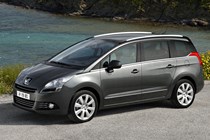
.jpg)
.jpg)
.jpg)
.jpg)
.jpg)
.jpg)
.jpg)
.jpg)
.jpg)
.jpg)
.jpg)
.jpg)
.jpg)
.jpg)
.jpg)
.jpg)

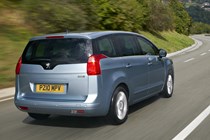


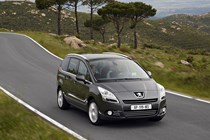
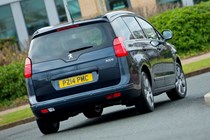
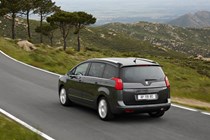
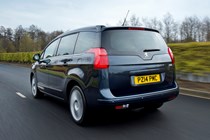

.jpg)
.jpg)
.jpg)
.jpg)
.jpg)
.jpg)
.jpg)
.jpg)
.jpg)
.jpg)
.jpg)
.jpg)
.jpg)
.jpg)
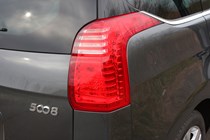
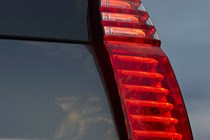
.jpg)
.jpg)
.jpg)
.jpg)
.jpg)
.jpg)
.jpg)
.jpg)
.jpg)
.jpg)
.jpg)
.jpg)
.jpg)
.jpg)
.jpg)
.jpg)
.jpg)
.jpg)
.jpg)
.jpg)
.jpg)
.jpg)
.jpg)
.jpg)
.jpg)
.jpg)
.jpg)
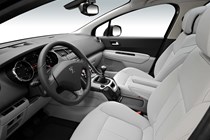
.jpg)
.jpg)
.jpg)
.jpg)
.jpg)
.jpg)
.jpg)
.jpg)
.jpg)
.jpg)
.jpg)
.jpg)
.jpg)
.jpg)
.jpg)
.jpg)
.jpg)








.jpg?quality=50)
.jpg?quality=50)
.jpg?quality=50)
.jpg?quality=50)
.jpg?quality=50)
.jpg?quality=50)
.jpg?quality=50)
.jpg?quality=50)
.jpg?quality=50)
.jpg?quality=50)
.jpg?quality=50)
.jpg?quality=50)
.jpg?quality=50)
.jpg?quality=50)
.jpg?quality=50)
.jpg?quality=50)









.jpg?quality=50)
.jpg?quality=50)
.jpg?quality=50)
.jpg?quality=50)
.jpg?quality=50)
.jpg?quality=50)
.jpg?quality=50)
.jpg?quality=50)
.jpg?quality=50)
.jpg?quality=50)
.jpg?quality=50)
.jpg?quality=50)
.jpg?quality=50)
.jpg?quality=50)


.jpg?quality=50)
.jpg?quality=50)
.jpg?quality=50)
.jpg?quality=50)
.jpg?quality=50)
.jpg?quality=50)
.jpg?quality=50)
.jpg?quality=50)
.jpg?quality=50)
.jpg?quality=50)
.jpg?quality=50)
.jpg?quality=50)
.jpg?quality=50)
.jpg?quality=50)
.jpg?quality=50)
.jpg?quality=50)
.jpg?quality=50)
.jpg?quality=50)
.jpg?quality=50)
.jpg?quality=50)
.jpg?quality=50)
.jpg?quality=50)
.jpg?quality=50)
.jpg?quality=50)
.jpg?quality=50)
.jpg?quality=50)
.jpg?quality=50)

.jpg?quality=50)
.jpg?quality=50)
.jpg?quality=50)
.jpg?quality=50)
.jpg?quality=50)
.jpg?quality=50)
.jpg?quality=50)
.jpg?quality=50)
.jpg?quality=50)
.jpg?quality=50)
.jpg?quality=50)
.jpg?quality=50)
.jpg?quality=50)
.jpg?quality=50)
.jpg?quality=50)
.jpg?quality=50)
.jpg?quality=50)